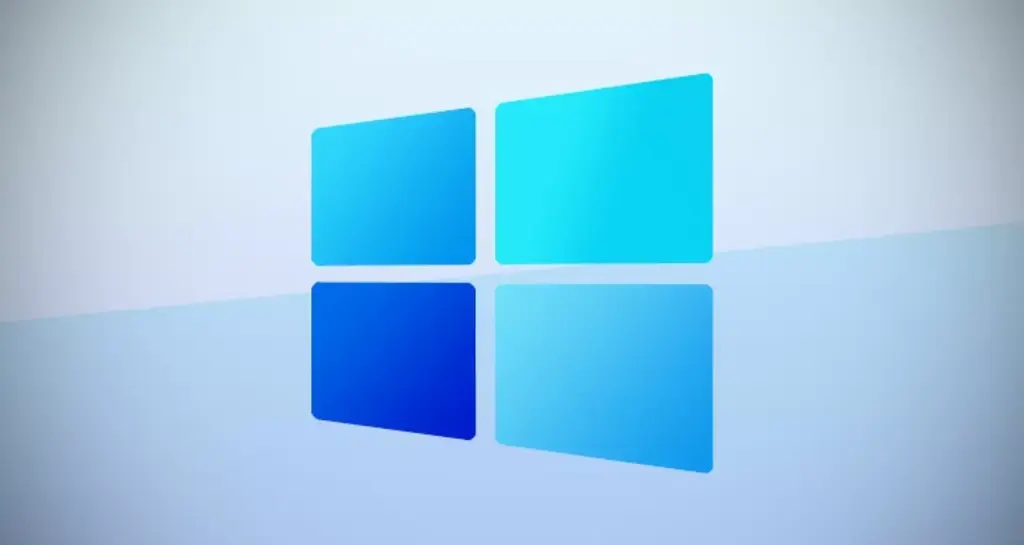Your local development machine is a sacred temple. It's a masterpiece of careful curation, perfected over hundreds of hours. Your dotfiles are immaculate, your IDE is tuned to perfection, and your specific library versions are all in a delicate, harmonious balance. The thought of installing a rogue package or running a sketchy script that could disrupt this harmony is enough to give any coder nightmares.
But innovation is messy. Learning is chaotic. True experimentation requires the freedom to break things, to push limits, and to venture into the unknown.
So, where do you make the mess? You don't do it in your temple. You do it in the sandbox. For the modern developer, the ultimate sandbox is a cheap, "throwaway" VPS.

Let's be clear: the server isn't literally thrown away after each use (though you could). The power is in the mentality. A throwaway VPS is a low-cost server that you treat as completely disposable. Its value is not in its uptime or the data it holds, but in its ability to be instantly created and, more importantly, instantly destroyed and rebuilt.
Think of it as a digital Etch A Sketch. You can build the most complex, chaotic system you can imagine, and when you're done or you've made a catastrophic mess, you just shake it clean. That "shake" is the "Reinstall OS" button in your control panel—a feature that transforms a simple server into a developer's superpower.
For less than the price of a couple of pizzas a month, a throwaway VPS gives you a set of freedoms that will fundamentally accelerate your skills and projects.
The fear of breaking your primary machine is the biggest barrier to learning new technologies. A disposable VPS eliminates this fear entirely.
Master Docker and Containers: Want to learn Docker without installing its complex daemons and virtual networks on your pristine Mac or Windows machine? A VPS is a clean, native Linux environment perfect for experimenting with containers.
Explore Entirely New Ecosystems: Your development world doesn't have to be a monoculture.
• Test Across Distros: Your main server runs on Ubuntu, but you need to ensure your script works on a Red Hat-based system like AlmaLinux or Fedora? Spin one up in minutes. Test your `dnf` commands, check dependencies, and then throw it away. No need for complicated local VMs.
• Bridge Operating Systems: As a Mac or Linux user, have you ever needed to test one specific Windows application? Instead of buying a new license or struggling with WINE, a cheap Windows VPS lets you use Remote Desktop to get a native Windows environment, test your app, and then terminate the server.
Install System-Altering Software: This is where a throwaway VPS truly shines. Curious about virtualization platforms like Proxmox that fundamentally take over the host system with their own kernel and networking stack? Trying this on a physical machine is a massive, often irreversible commitment. On a VPS, you can install it, play with nested virtualization, and if you completely mess up the entire networking stack, who cares? Reinstall and start again.
Have you ever found a fascinating but slightly sketchy script on GitHub? Or wanted to download software from a source you don't fully trust? Running it on your main computer is a massive security risk.
Tackle "Sticky" or Uninstallable Software: Some software integrates so deeply into an OS with kernel modules, system hooks, and scattered files that a clean uninstall is impossible. It leaves digital residue everywhere. A throwaway VPS is the perfect quarantine zone for testing such applications, ensuring your primary machine remains pristine.
Run Massive, Unattended Compilations: Need to compile a huge project like the Unreal Engine, a custom Linux kernel, or a complex application from source that takes hours and maxes out your CPU? Doing this on your laptop not only locks it down and risks overheating, but a failed compile can leave a mess of partial files and dependencies. Offload the entire process to the VPS. If the compile fails spectacularly, it happens in a disposable environment, far from your valuable local data.
Execute Strange Scripts: That intriguing GitHub repository with a complex `install.sh` script? Don't run it blindly on your machine. Pipe it to `bash` on your throwaway VPS and see what it does without any personal risk.
The eternal developer curse is the phrase, "But it works on my machine!" A throwaway VPS is the cure. Before you deploy your code to production, you can spin up a fresh VPS with the exact same operating system and install only the dependencies your application needs. This "clean room" test provides the ultimate confirmation that your deployment scripts are solid and you haven't forgotten a dependency.
Imagine you just spent an hour trying to install Proxmox and have made your server's networking completely unreachable. On a local machine or a dedicated server, this would mean a frustrating support ticket and a long wait.
On your throwaway VPS, this is a 60-second problem. You tried something, it failed catastrophically, and you learned what not to do. Your tuition for that lesson was one click of the "Reinstall OS" button. It is the most powerful undo button ever created, especially when you're playing with fire.
It's a fair question. Tools like VirtualBox, VMware, and Parallels are powerful and have their place for offline work. But when used as a "throwaway" sandbox, a local Virtual Machine (VM) has several fundamental drawbacks that a cheap VPS completely solves.
A local VM is not a separate computer; it's a resource-hungry application running on your machine. When you fire up a VM, you are directly sacrificing a huge chunk of your laptop's precious CPU cores and RAM. The result? Your primary machine slows to a crawl. The fans start screaming, the battery drains, and even simple tasks like browsing the web become sluggish. A VPS, by contrast, uses its own dedicated resources in a datacenter. Your laptop stays cool, quiet, and fast.
This is the most critical difference. A local VM lives in an artificial bubble, hidden behind your home router. A VPS lives on the front lines of the real, public internet.
Public IP Address: Want to test a webhook from Stripe or GitHub? Need to give a client a live demo link? With a local VM, this is a nightmare of router configuration. With a VPS, it just works. You have a real, static IP address from the start.
Real-World Latency: Code that runs instantly on `localhost` can break down when faced with real-world network latency. Testing on a VPS forces you to build more resilient applications because you're experiencing the actual conditions of the internet.
A Truly Clean Environment: A Linux VM running on your Windows or macOS machine is an emulation. A VPS is a pristine, native Linux environment running on a Linux-native hypervisor—a far more accurate mirror of a real production server.
Your local VM is a set of massive files that lives on a single physical machine. If you switch to another computer or just want to check a process from your phone, you're out of luck. A VPS is untethered. You can securely SSH into your sandbox from any device, anywhere in the world.
While you can delete a local VM, it never feels truly "throwaway." The multi-gigabyte image files clog up your hard drive, and the virtual networking adapters clutter your host machine's settings. A VPS is truly ephemeral. When you click "Reinstall OS," the entire remote environment is vaporized and replaced, leaving absolutely no trace on your personal machine.
A cheap VPS is one of the most cost-effective investments a developer can make—not in a project, but in themselves. It removes fear, friction, and risk from the process of learning and experimentation.
It's a dedicated space to be curious, to be messy, and to be wrong without consequence. It's the cheapest, most effective way to buy yourself the freedom to break things. And breaking things is how we learn to build.
Your email address will not be published. Required fields are marked *

Transform your vulnerable VPS into an impenetrable fortress. A comprehensive, layered security guide from initial login to advanced monitoring.

Stop letting builds turn your laptop into a jet engine. Offload heavy compiling and rendering to a cheap Windows VPS and reclaim your productivity.

The serverless dream becomes a nightmare for predictable workloads. Learn why a high-RAM VPS offers superior performance and cost control.

Stop letting cost kill your dreams. Launch your side hustle on a powerful VPS for the price of a coffee. Five proven business models included.

Discover your ideal hosting personality through our quick quiz. Learn whether shared hosting, managed VPS, or self-managed VPS is the right fit for you.

Stop building monolithic systems that fail catastrophically. Learn how to create resilient, self-healing infrastructure using clusters of cheap VPS.

The AWS outage of October 20 proved that vendor lock-in is a critical risk. Learn how a cheap VPS failover strategy can protect your business from downtime.

This article will explore the benefits of VPS over dedicated servers so that you can make an informed decision about which one best suits your needs!

By using a powerful and cheap Windows VPS, you could enjoy a lot of benefits. They can be used for a variety of purposes whether you are a start-up.

The truth is, cheap VPS services can still be reliable and save you a lot of money while performing just like an expensive virtual server.
Comments